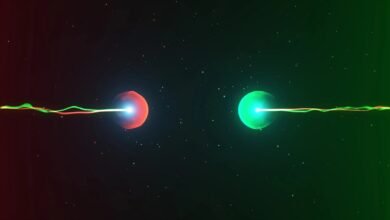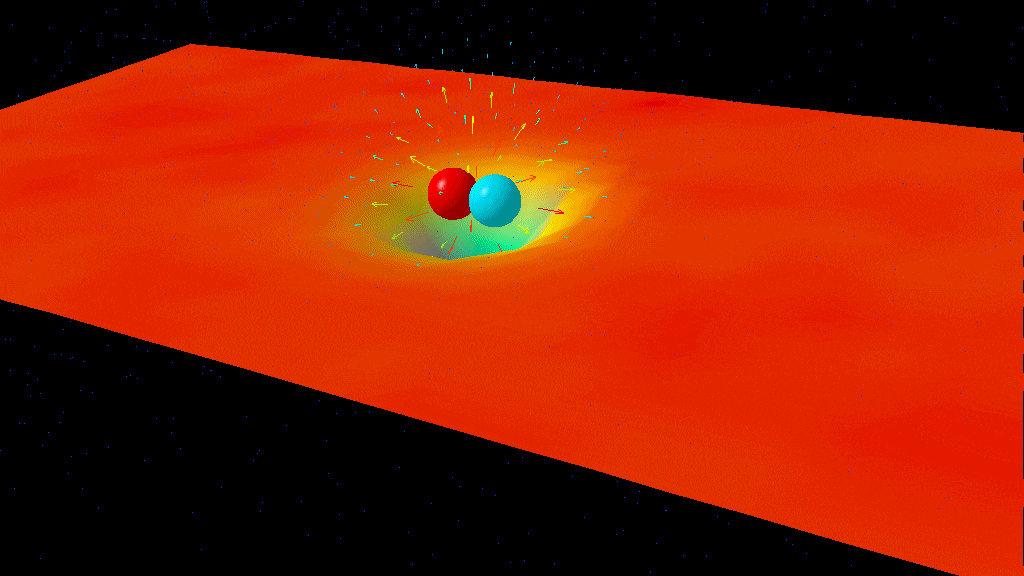Physics heresy: projectiles don’t actually make parabolas | by Ethan Siegel | Starts With A Bang! | Sep, 2024

Taught in every introductory physics class for centuries, the parabola is only an imperfect approximation for the true path of a projectile.
As a new school year kicks off across most of the world, a new crop of high school and college students will take physics for the first time, starting off with mechanics and motion. And, as has been the case for hundreds of years, going back to the time of Newton, students will continue to learn the same myth that generations of former students have learned before them: that any object thrown, shot, or fired in the gravitational field of Earth will trace out a parabola before striking the ground. If you neglect external forces like wind, air resistance, or the influence of any other terrestrial objects, this parabolic shape describes how the center-of-mass of your object moves extremely accurately, no matter what it is or what else is at play.
But under the laws of gravity — whether you use Newton’s law of universal gravitation or the rules of Einstein’s General Relativity — a parabola is simply an impossible shape for an object that’s gravitationally bound to the Earth to trace out. The math simply forbids it. If we could design a precise enough experiment, we’d measure that projectiles on…




